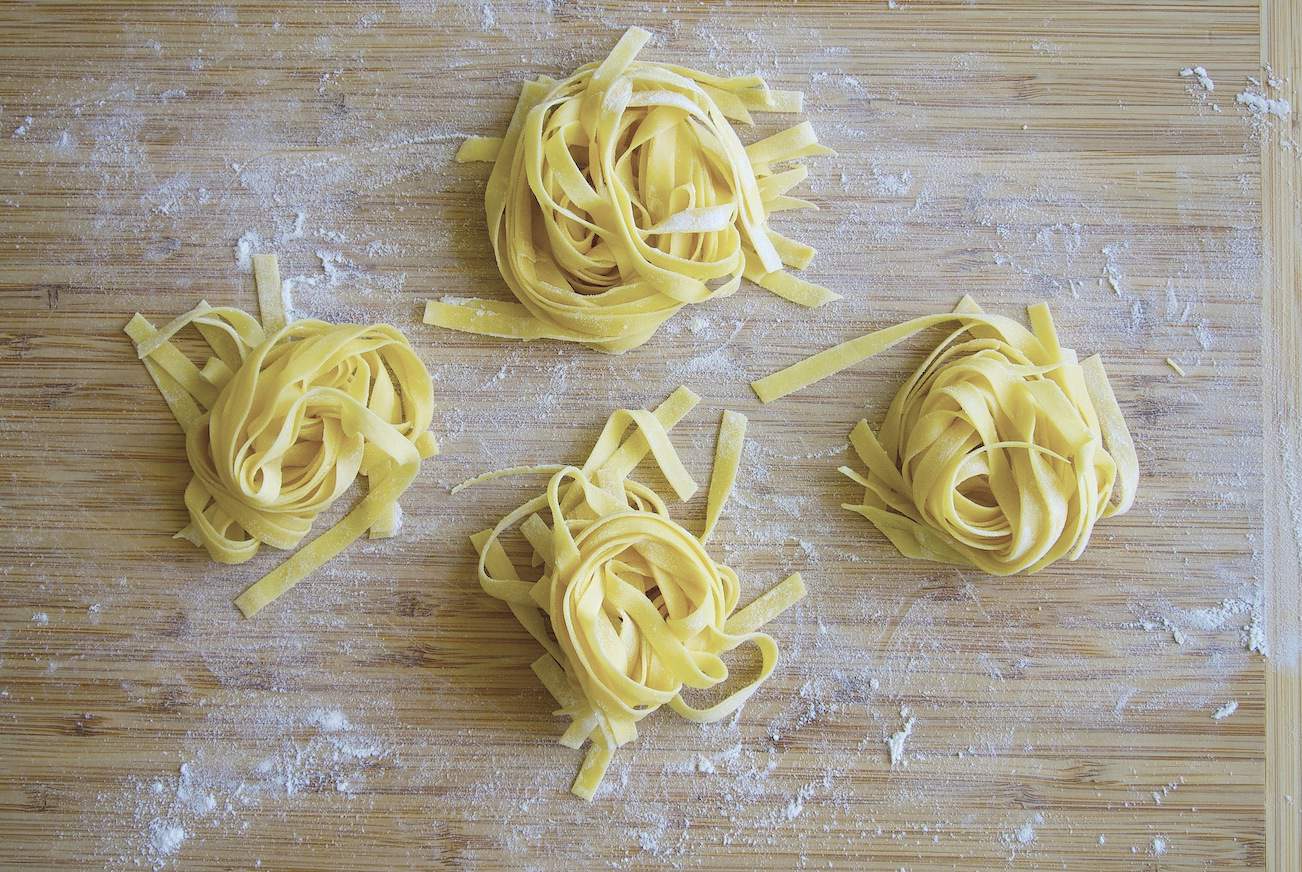

Articles
How To Store Fresh Pasta For A Few Hours
Modified: December 7, 2023
Learn the best way to store fresh pasta for a few hours in this informative article. Discover tips and tricks for keeping your pasta tasting fresh and delicious.
(Many of the links in this article redirect to a specific reviewed product. Your purchase of these products through affiliate links helps to generate commission for Storables.com, at no extra cost. Learn more)
Introduction
When it comes to enjoying fresh pasta, mastering the art of storing it correctly is essential. Whether you’ve made a homemade batch or purchased it from a local artisanal pasta shop, proper storage ensures that your pasta retains its texture, flavor, and overall quality. So, if you find yourself needing to store fresh pasta for a few hours before cooking, it’s crucial to follow the right techniques to maintain its freshness.
In this article, we will explore the importance of storing fresh pasta properly and discuss the factors to consider when doing so. We will also provide you with various methods to store fresh pasta for a few hours, whether at room temperature, in the refrigerator, or even in the freezer. By the end, you’ll have all the information you need to keep your fresh pasta in optimal condition until you’re ready to enjoy it.
Key Takeaways:
- Properly storing fresh pasta is crucial to maintain its texture, flavor, and quality. Consider temperature, air exposure, and container selection when storing. Always check for spoilage before cooking.
- Whether at room temperature, in the refrigerator, or freezer, there are effective methods to store fresh pasta for a few hours. Use high-quality ingredients, coat with flour, and avoid overcrowding for optimal storage.
Read more: How To Store Pizza Dough For A Few Hours
Why is it important to store fresh pasta properly?
Properly storing fresh pasta is essential to maintain its quality and prevent it from spoiling. Here are a few reasons why it’s important to store fresh pasta properly:
- Preserves Texture: Fresh pasta is delicate and has a soft, tender texture. Improper storage can cause the pasta to dry out or become too moist, resulting in a loss of texture and making it unpleasant to eat.
- Maintains Flavor: Fresh pasta has a rich, savory flavor that can be compromised if not stored correctly. Exposure to air or other ingredients can alter the taste, leaving the pasta bland or even absorbing unwanted flavors from its surroundings.
- Prevents Bacterial Growth: Fresh pasta contains eggs, which can harbor bacteria if not stored properly. By following the correct storage methods, you can minimize the risk of bacterial growth and ensure food safety.
- Extends Shelf Life: Fresh pasta is best consumed within a short time frame. However, by utilizing proper storage techniques, you can extend its shelf life by a few hours, allowing you to prepare it at your convenience without compromising freshness.
By understanding the importance of storing fresh pasta properly, you can ensure that it retains its delightful texture, flavor, and overall quality until you’re ready to cook it.
Factors to consider when storing fresh pasta
When it comes to storing fresh pasta, several factors should be taken into consideration to maintain its quality. Here are some key factors to keep in mind:
- Temperature: The temperature at which you store fresh pasta plays a crucial role in preserving its texture and flavor. Both extreme heat and cold can affect the pasta’s quality, so it’s important to choose the right storage method based on the temperature conditions.
- Air Exposure: Fresh pasta should be protected from excessive exposure to air, as this can cause it to dry out and become brittle. It’s important to seal the pasta properly to maintain its moisture and prevent it from absorbing any odors or flavors from its surroundings.
- Moisture Content: Maintaining the right level of moisture is key to preventing fresh pasta from becoming too dry or too moist. The ideal moisture content helps the pasta retain its texture and prevents it from clumping together or becoming mushy.
- Container Selection: Choosing the right container or packaging for storing fresh pasta is crucial. It should be airtight, moisture-resistant, and large enough to accommodate the pasta without causing it to bend or break.
- Duration: The length of time you need to store fresh pasta will also impact the chosen storage method. If you only need to store it for a few hours, different options will be suitable compared to if you need to store it for several days.
By considering these factors, you can ensure that you are storing your fresh pasta in the best possible way to maintain its quality and extend its shelf life until you’re ready to cook it.
Methods to store fresh pasta for a few hours
If you need to store fresh pasta for a few hours before cooking, there are several methods you can follow to keep it fresh and prevent any quality degradation. Here are three effective methods for short-term storage:
- Method 1: Keeping fresh pasta at room temperature: If your kitchen is cool and dry, you can keep fresh pasta at room temperature for a few hours. Start by coating the pasta lightly with flour to prevent sticking. Then, lay it out in a single layer on a baking sheet or a clean, dry surface. Cover the pasta with a clean kitchen towel or plastic wrap to protect it from dust or any other contaminants. Avoid placing the pasta near heat sources or in direct sunlight. This method is ideal for preserving the pasta’s texture and flavor.
- Method 2: Storing fresh pasta in the refrigerator: If your kitchen is warm or humid, storing fresh pasta in the refrigerator is a better option. Place the pasta in an airtight container or seal it tightly with plastic wrap. Make sure the container is large enough to accommodate the pasta without bending or breaking it. Label the container with the date and time to keep track of its freshness. When you’re ready to cook, remove the pasta from the refrigerator and let it come to room temperature before cooking to prevent clumping.
- Method 3: Freezing fresh pasta: Freezing fresh pasta is an excellent option if you need to store it for longer than a few hours. Start by shaping the pasta into nests or portions. Place the pasta on a baking sheet lined with parchment paper and place it in the freezer until firm. Once the pasta is firm, transfer it to a freezer-safe bag or airtight container. Label the bag or container with the date and portion size. Frozen fresh pasta can be stored for up to three months. When you’re ready to cook, there’s no need to defrost the pasta. Simply add it directly to boiling water and adjust the cooking time accordingly.
By following these methods, you can store fresh pasta for a few hours while maintaining its quality and ensuring a delicious cooking outcome.
Method 1: Keeping fresh pasta at room temperature
If you want to store fresh pasta at room temperature for a few hours before cooking, there are a few steps you can follow:
- Coat the pasta: Start by lightly coating the fresh pasta with flour. This helps prevent the strands from sticking together and maintains their individual shape.
- Lay the pasta out: Next, lay the coated pasta out in a single layer on a baking sheet or a clean, dry surface. Ensure that the pasta is not overcrowded or touching each other.
- Protect with a covering: To prevent the pasta from drying out or collecting any dust or contaminants, cover it with a clean kitchen towel or plastic wrap. This covering will maintain the moisture and freshness of the pasta.
- Store in a suitable location: Find a cool and dry area in your kitchen or pantry, away from direct sunlight and heat sources. This will help maintain the optimal conditions for storing fresh pasta at room temperature.
By following these steps, you can successfully store fresh pasta at room temperature for a few hours. However, it’s important to note that this method is suitable for short-term storage only. If you need to store the pasta for a longer duration, it’s recommended to use refrigeration or freezing methods instead.
Remember, when you’re ready to cook the stored pasta, remove it from the covering and check for any changes in texture or smell. If the pasta appears to have dried out significantly or has an off odor, it’s best to discard it. However, if the pasta still looks and smells fresh, proceed with your chosen cooking method and enjoy your delicious meal!
After making fresh pasta, lightly dust it with flour and place it on a baking sheet in a single layer. Cover with a clean kitchen towel and store in the refrigerator for up to 4 hours before cooking.
Read more: How To Store Fresh Pasta
Method 2: Storing fresh pasta in the refrigerator
If you need to store fresh pasta for a few hours before cooking and your kitchen is warm or humid, storing it in the refrigerator is a great option. Follow these steps to properly store fresh pasta in the fridge:
- Prepare the pasta: Start by ensuring that the fresh pasta is properly coated in flour to prevent sticking. Lightly dust the pasta strands with flour before moving on to the next step.
- Choose a container: Select an airtight container or wrap the pasta tightly with plastic wrap. The container should be large enough to accommodate the pasta without bending or breaking it.
- Seal the container: Seal the container tightly or ensure that the plastic wrap is tightly wrapped around the pasta. This step is essential to prevent air exposure and maintain the pasta’s freshness.
- Label the container: If you have multiple containers or different types of pasta, it’s helpful to label the container with the type of pasta and the date and time it was stored. This allows you to easily identify the pasta and keep track of its freshness.
- Store in the refrigerator: Place the sealed container of fresh pasta in the refrigerator. Make sure to position it in a spot where it’s less likely to get pushed to the back or crowded by other items.
- Take out and bring to room temperature: When you’re ready to cook the pasta, remove it from the refrigerator and let it come to room temperature. This step is important to ensure even cooking and to prevent the pasta from clumping together.
By following these steps, you can successfully store fresh pasta in the refrigerator for a few hours without compromising its texture and flavor. Remember to always check the pasta for any signs of spoilage before cooking. If the pasta appears slimy, has an off odor, or shows any other signs of deterioration, it’s best to discard it and prepare a fresh batch.
With proper storage in the refrigerator, you can enjoy fresh pasta that tastes just as delicious as if you had cooked it immediately.
Method 3: Freezing fresh pasta
If you need to store fresh pasta for longer than a few hours, freezing is an excellent method to preserve its freshness. Here’s how you can freeze fresh pasta:
- Shape the pasta: Start by shaping the fresh pasta into nests or portions. This will make it easier to thaw and cook later on.
- Prepare the pasta for freezing: Line a baking sheet with parchment paper and place the shaped pasta on it, making sure the portions are not touching each other. This allows the pasta to freeze individually without sticking together.
- Flash freeze the pasta: Place the baking sheet with the pasta in the freezer and let it freeze until firm. This step, known as flash freezing, helps prevent the pasta from clumping together during storage.
- Transfer to freezer-safe bags or containers: Once the pasta is firm, transfer it to freezer-safe bags or airtight containers. Label the bags or containers with the date and portion size for easy identification.
- Return to the freezer: Seal the bags or containers tightly and place them back in the freezer. The frozen fresh pasta can be stored for up to three months.
- Thaw and cook: When you’re ready to cook the frozen fresh pasta, there’s no need to defrost it. Simply add the frozen pasta directly to boiling water and adjust the cooking time as needed. Frozen fresh pasta generally takes a bit longer to cook than the fresh one.
By following these steps, you can successfully freeze fresh pasta and enjoy its taste and texture even after several months. However, it’s important to note that once the pasta is cooked, it is not recommended to freeze it again, as it may affect the quality and flavor.
Remember to always check the frozen pasta for any signs of freezer burn or unusual odor before cooking. If the pasta shows any signs of spoilage, it’s best to discard it and prepare a fresh batch.
Freezing fresh pasta is a convenient way to have it on hand for future meals, allowing you to enjoy homemade pasta whenever you desire with minimal effort.
Tips for storing fresh pasta properly
To ensure that you store fresh pasta properly and maintain its quality, here are some helpful tips to keep in mind:
- Use high-quality ingredients: When making or purchasing fresh pasta, opt for high-quality ingredients. This will not only enhance the flavor but also contribute to better storage and a longer shelf life.
- Coat with flour: Before storing fresh pasta, lightly dust it with flour to prevent sticking. This will help maintain the pasta’s shape and texture during storage.
- Choose suitable containers: Use airtight containers or wrap the pasta tightly with plastic wrap to protect it from air exposure. This will prevent the pasta from drying out or absorbing any unwanted flavors.
- Avoid overcrowding: Whether storing at room temperature, in the refrigerator, or freezer, make sure not to overcrowd the pasta. Crowding can cause the strands to stick together and affect the pasta’s quality.
- Label and date containers: Properly label the containers or bags with the type of pasta, date, and portion size. This will help you keep track of the pasta’s freshness and easily identify it when needed.
- Store away from strong odors: Fresh pasta can easily absorb odors from strong-smelling foods. Store it away from pungent ingredients to preserve its original flavor.
- Check for spoilage: Before cooking stored fresh pasta, always check for any signs of spoilage. This includes discoloration, sliminess, or an off odor. If any of these signs are present, discard the pasta and prepare a fresh batch.
- Don’t overcook: Whether cooking fresh pasta immediately or after storage, be mindful not to overcook it. Fresh pasta cooks much quicker than dried pasta, so keep a close eye on the cooking time to achieve the desired texture.
Following these tips will help you store fresh pasta properly, maintain its quality, and ensure a delightful dining experience when you’re ready to cook it.
Conclusion
Properly storing fresh pasta is essential to maintain its texture, flavor, and overall quality. Whether you need to store it for a few hours or longer, there are various methods you can follow to ensure that your fresh pasta stays fresh and delicious.
By considering factors such as temperature, air exposure, moisture content, and container selection, you can make informed decisions about how to store your fresh pasta. From keeping it at room temperature, refrigerating it, to freezing it, each method has its advantages depending on your specific needs.
Remember to use high-quality ingredients, coat the pasta with flour to prevent sticking, and choose suitable containers or packaging to protect it from air exposure. Labeling and dating the containers will help you keep track of the pasta’s freshness.
Regardless of the storage method you choose, always check the stored pasta for any signs of spoilage before cooking. If the pasta appears slimy, has an off odor, or shows any other signs of deterioration, it’s best to discard it and prepare a fresh batch.
By following these guidelines and tips, you can store fresh pasta properly and enjoy it at a later time without compromising its taste and quality. Whether it’s a homemade batch or artisanal pasta from a local shop, your stored fresh pasta will be ready to cook whenever you’re ready to indulge.
So, the next time you find yourself needing to store fresh pasta, remember these techniques to ensure that your pasta remains fresh, flavorful, and ready to be transformed into a satisfying meal.
Frequently Asked Questions about How To Store Fresh Pasta For A Few Hours
Was this page helpful?
At Storables.com, we guarantee accurate and reliable information. Our content, validated by Expert Board Contributors, is crafted following stringent Editorial Policies. We're committed to providing you with well-researched, expert-backed insights for all your informational needs.
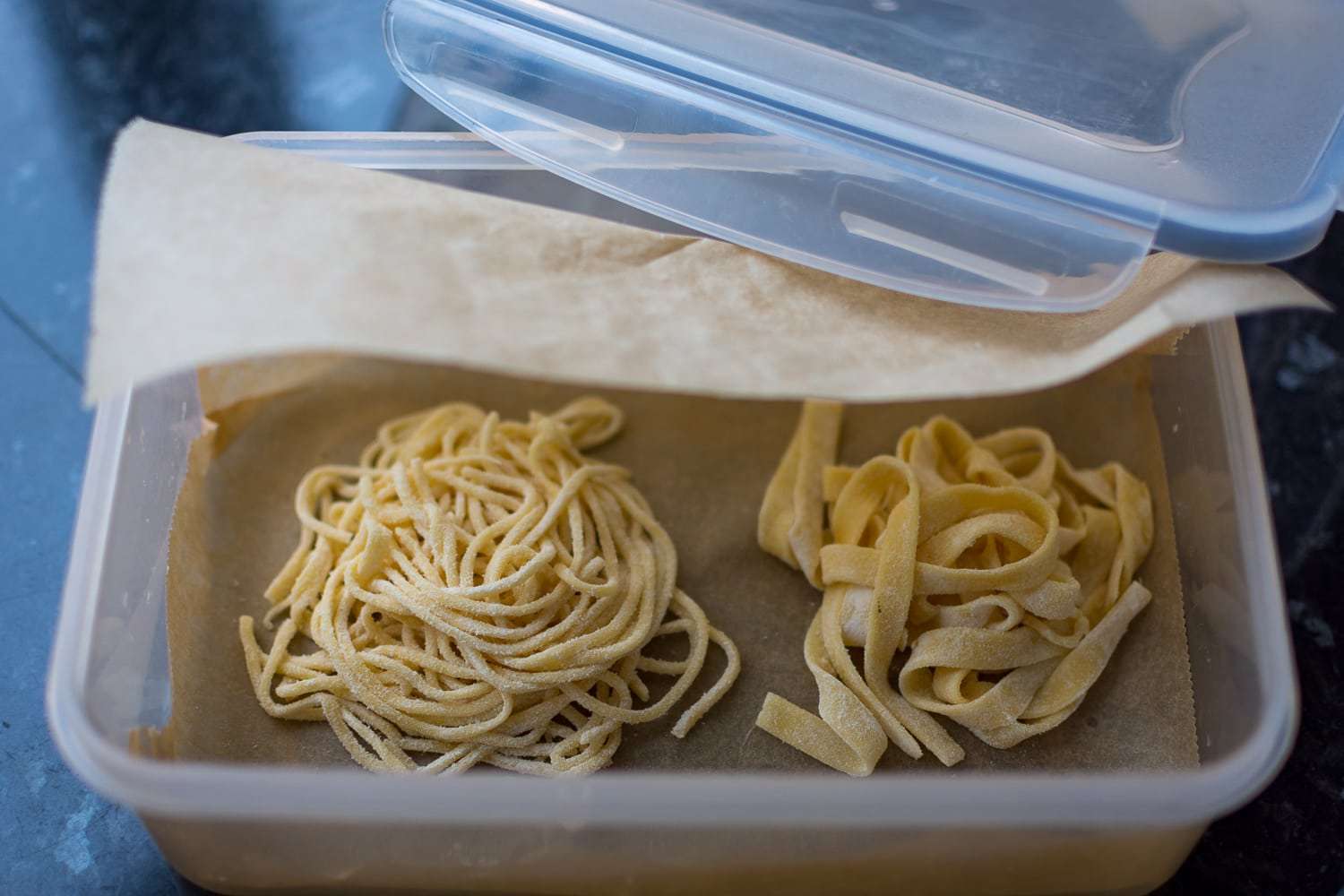

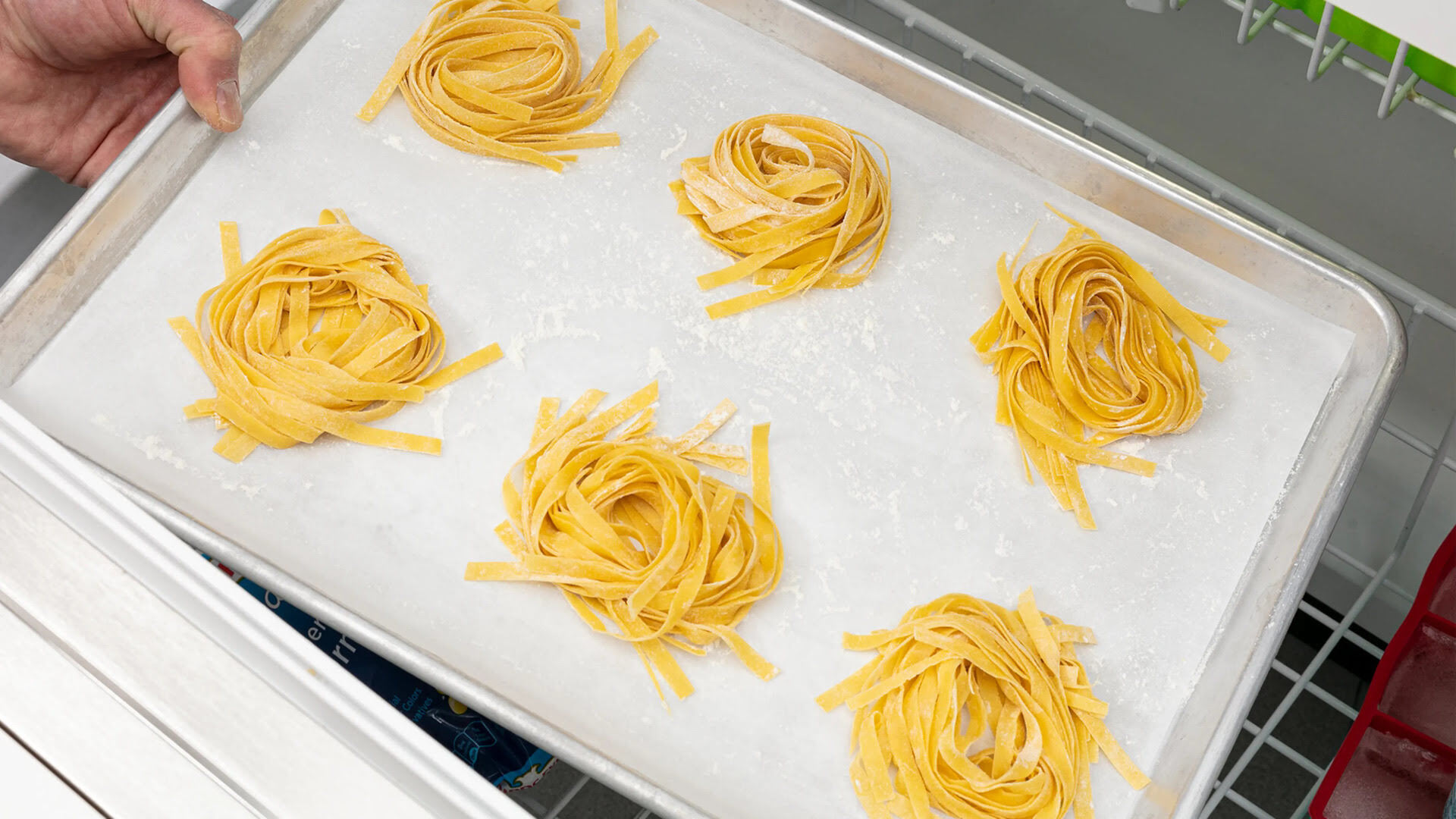
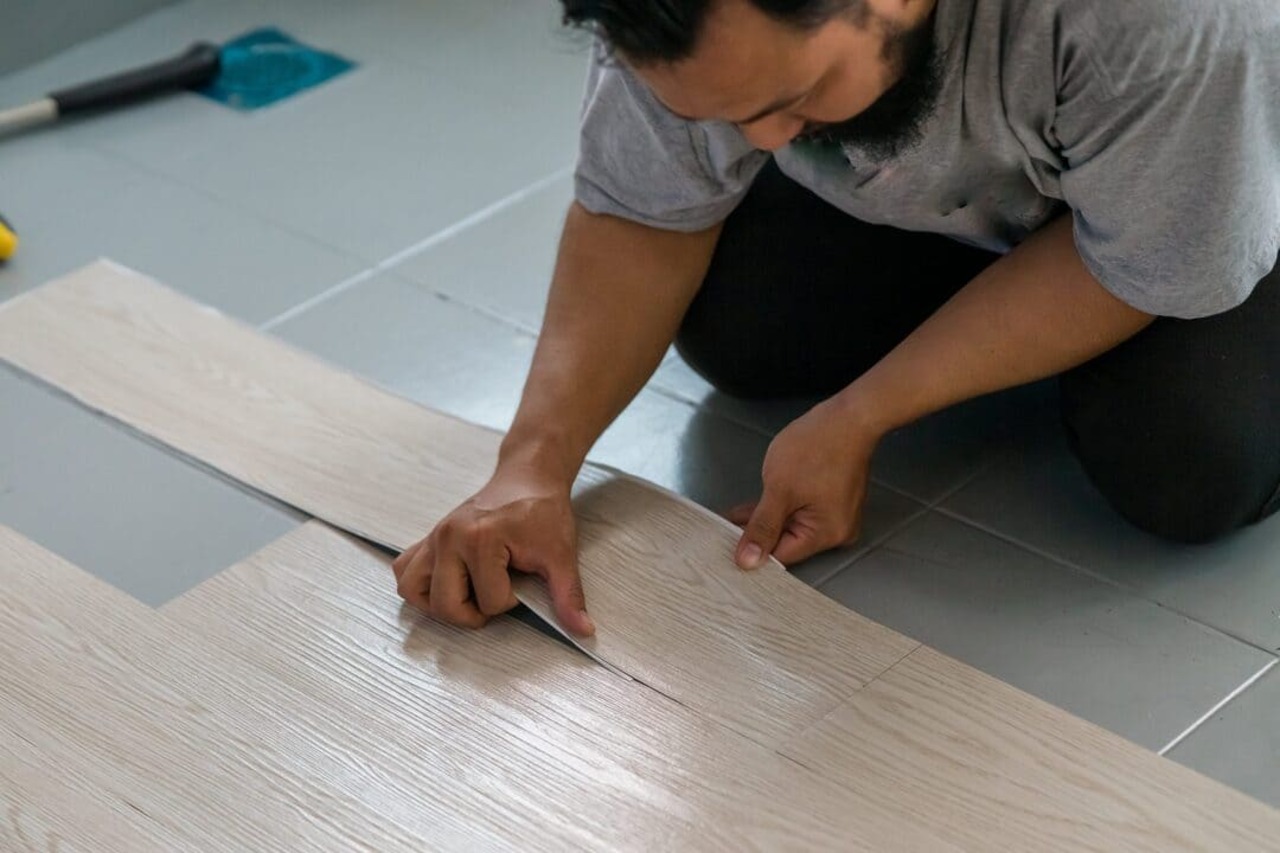

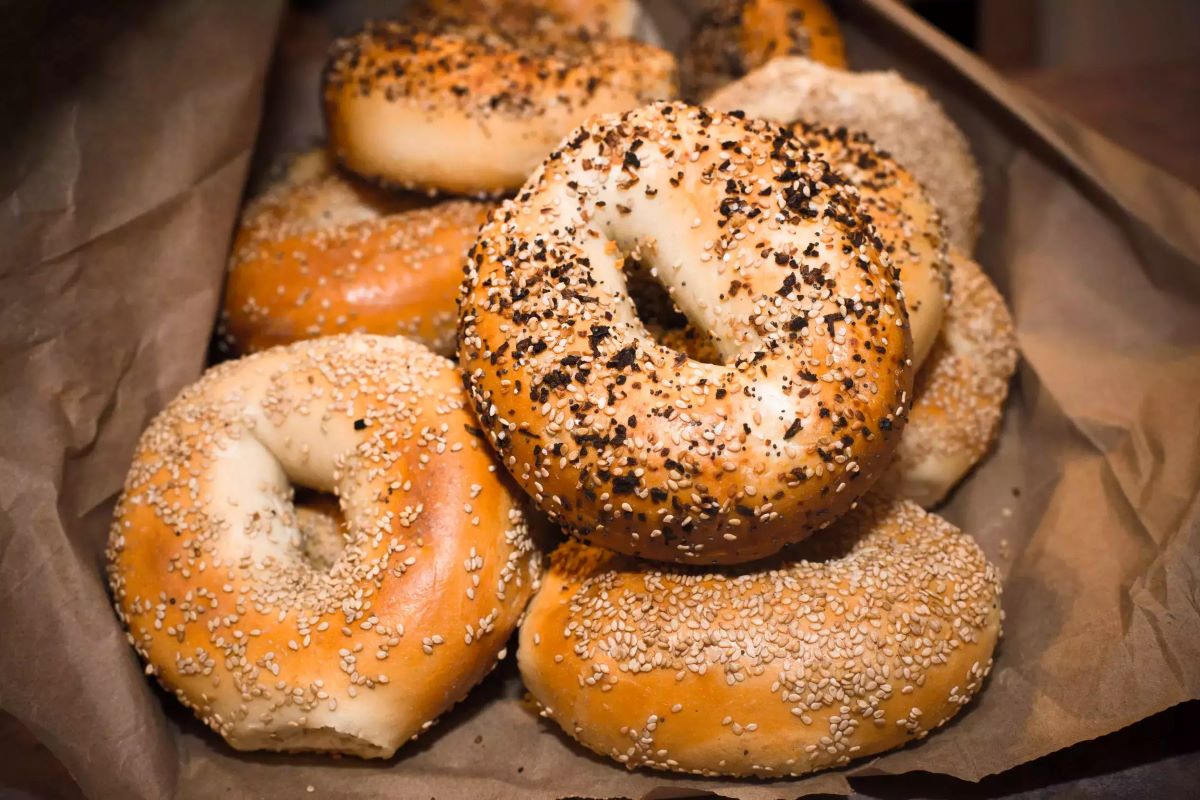
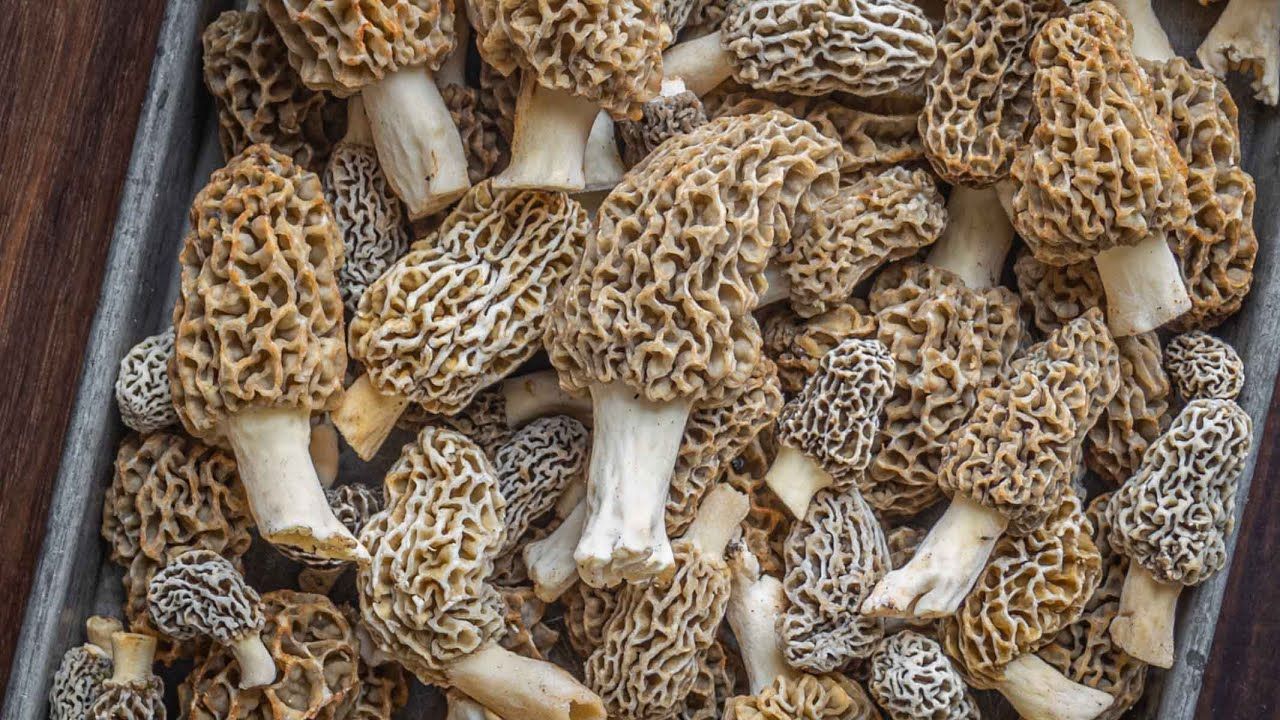
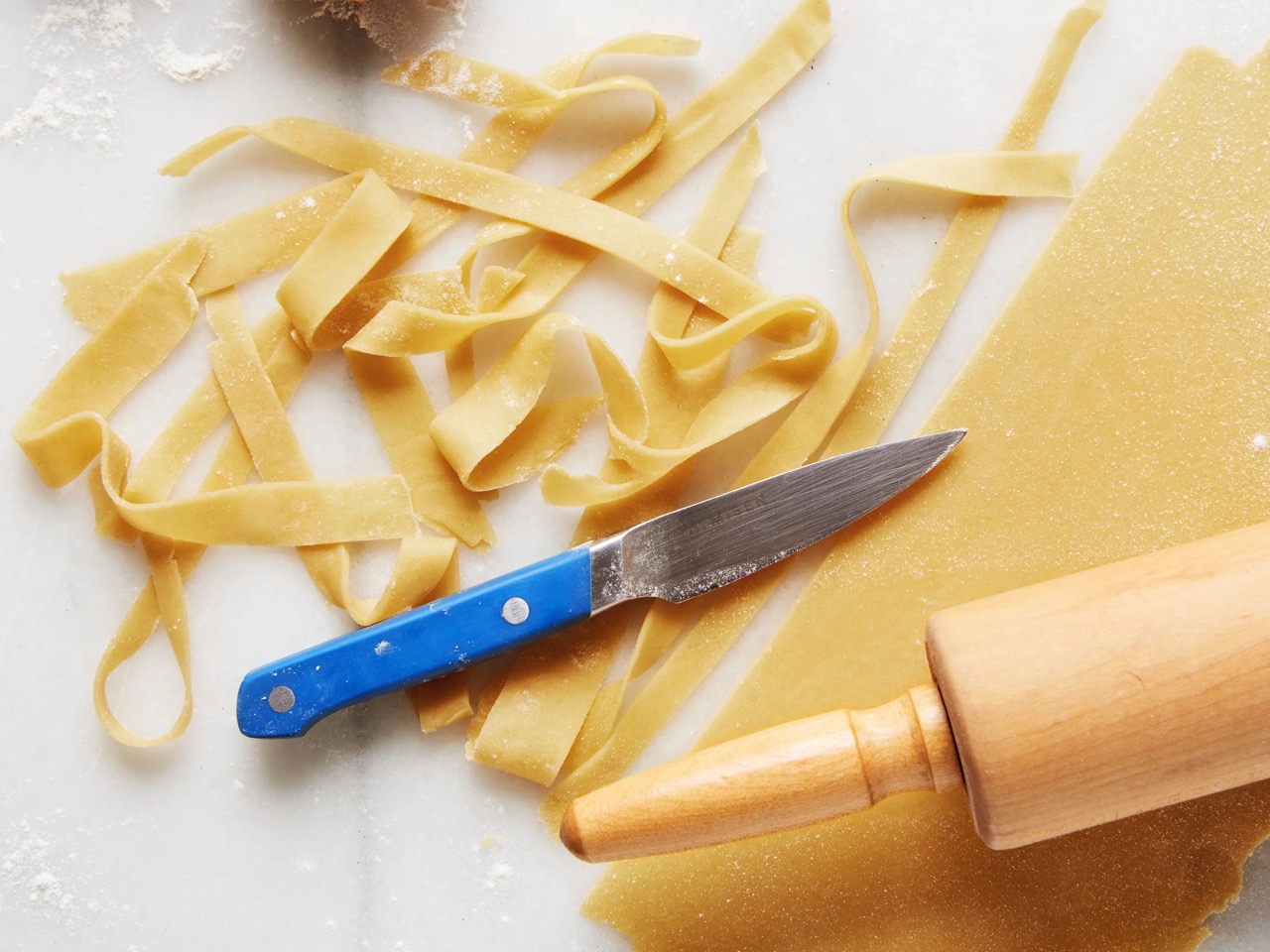
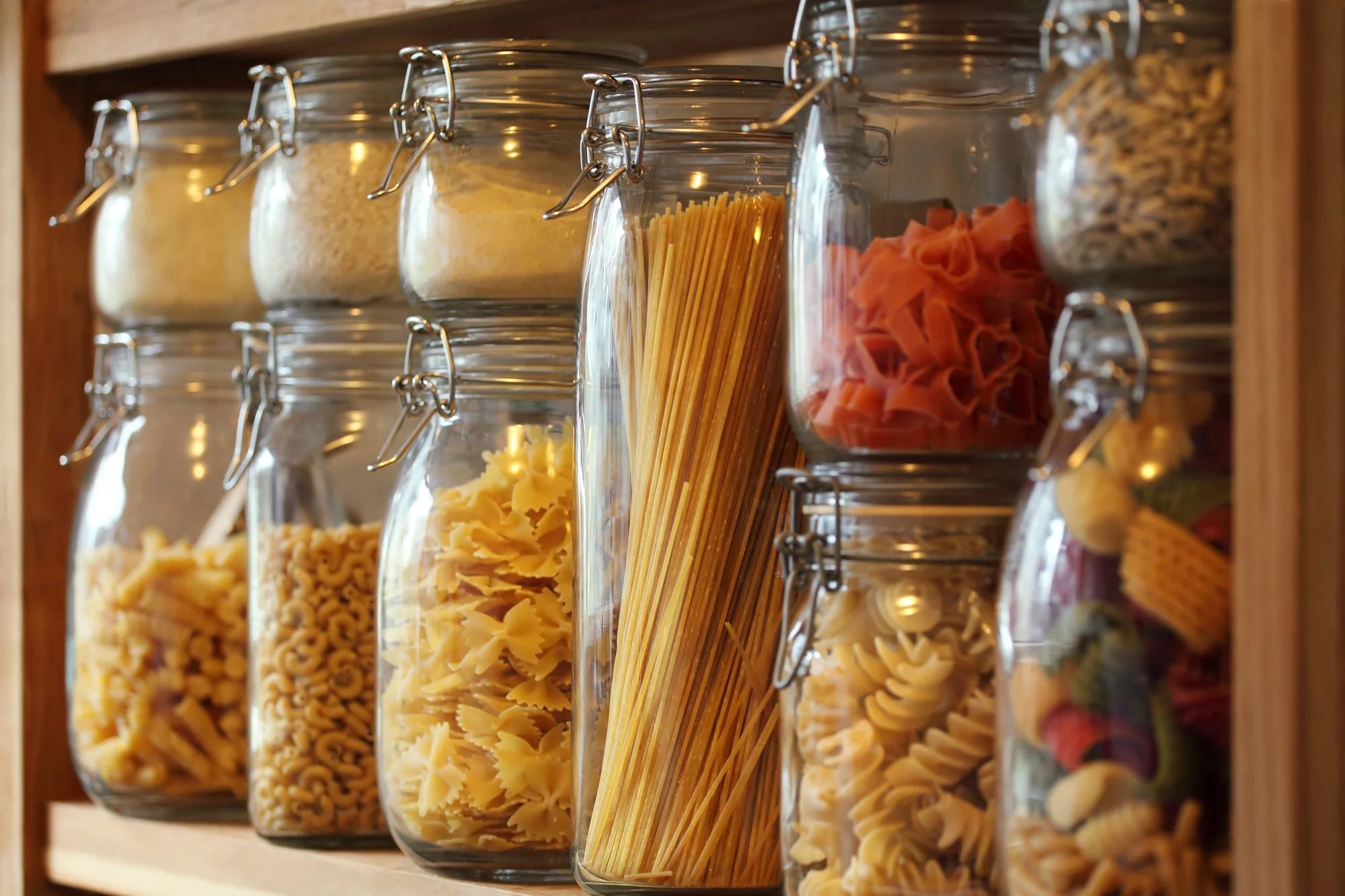
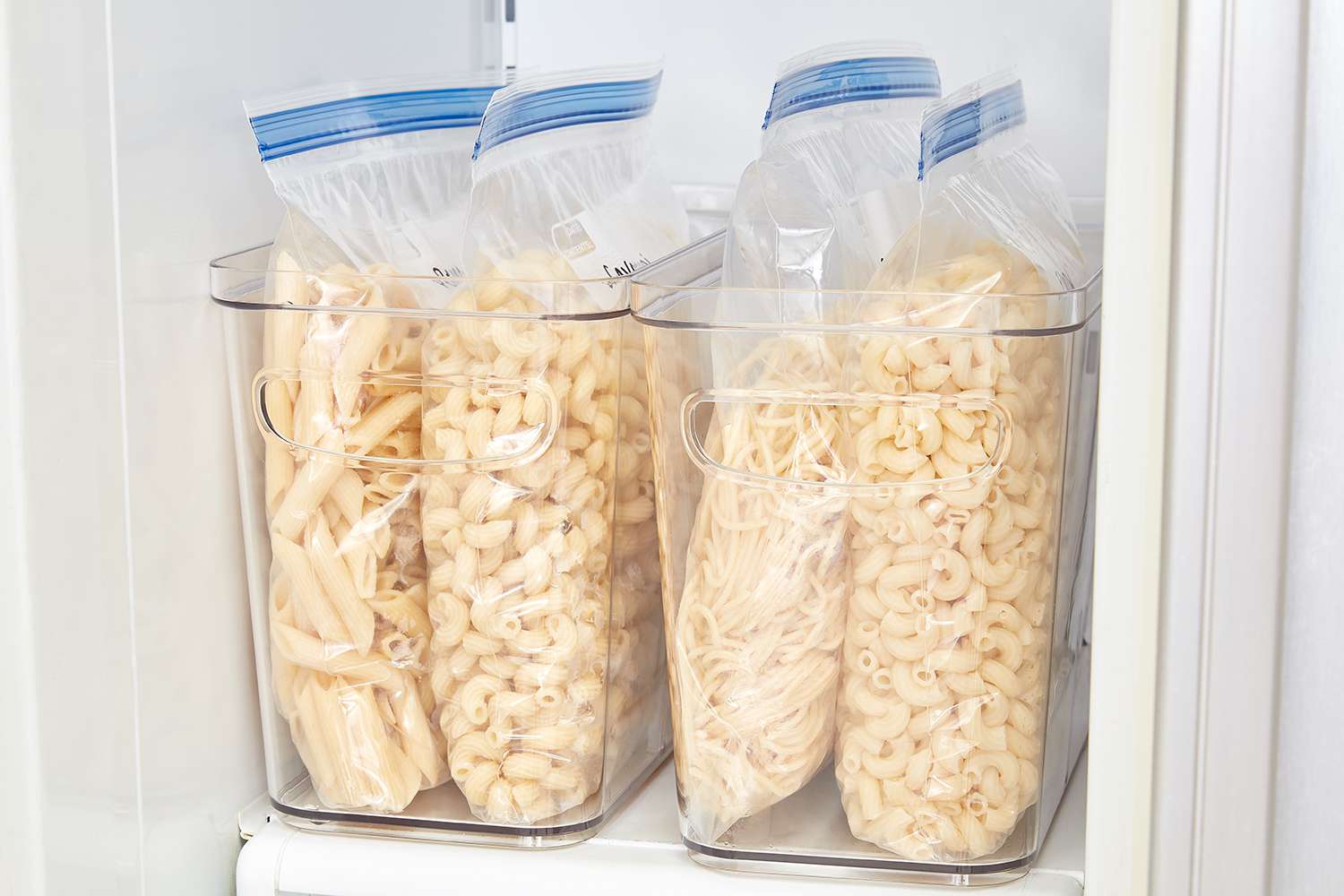


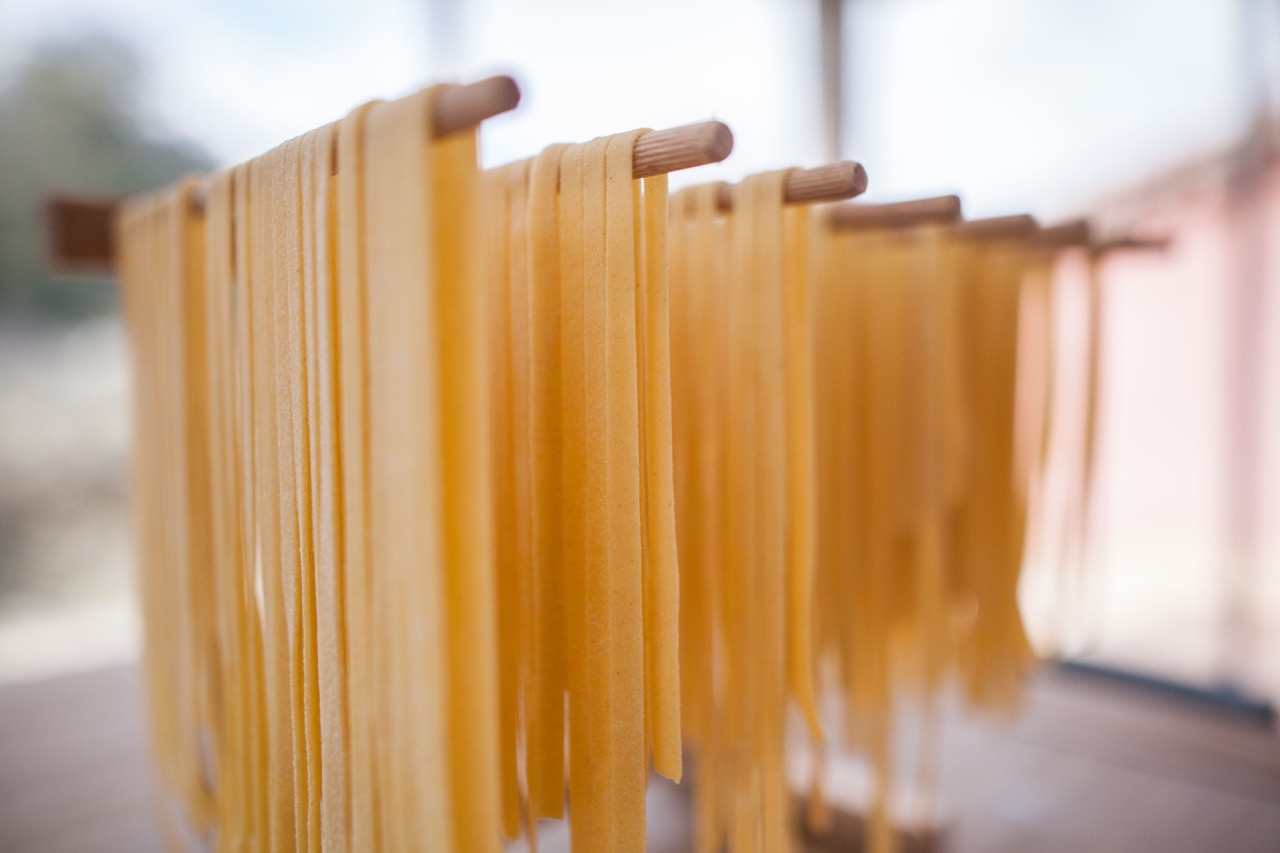
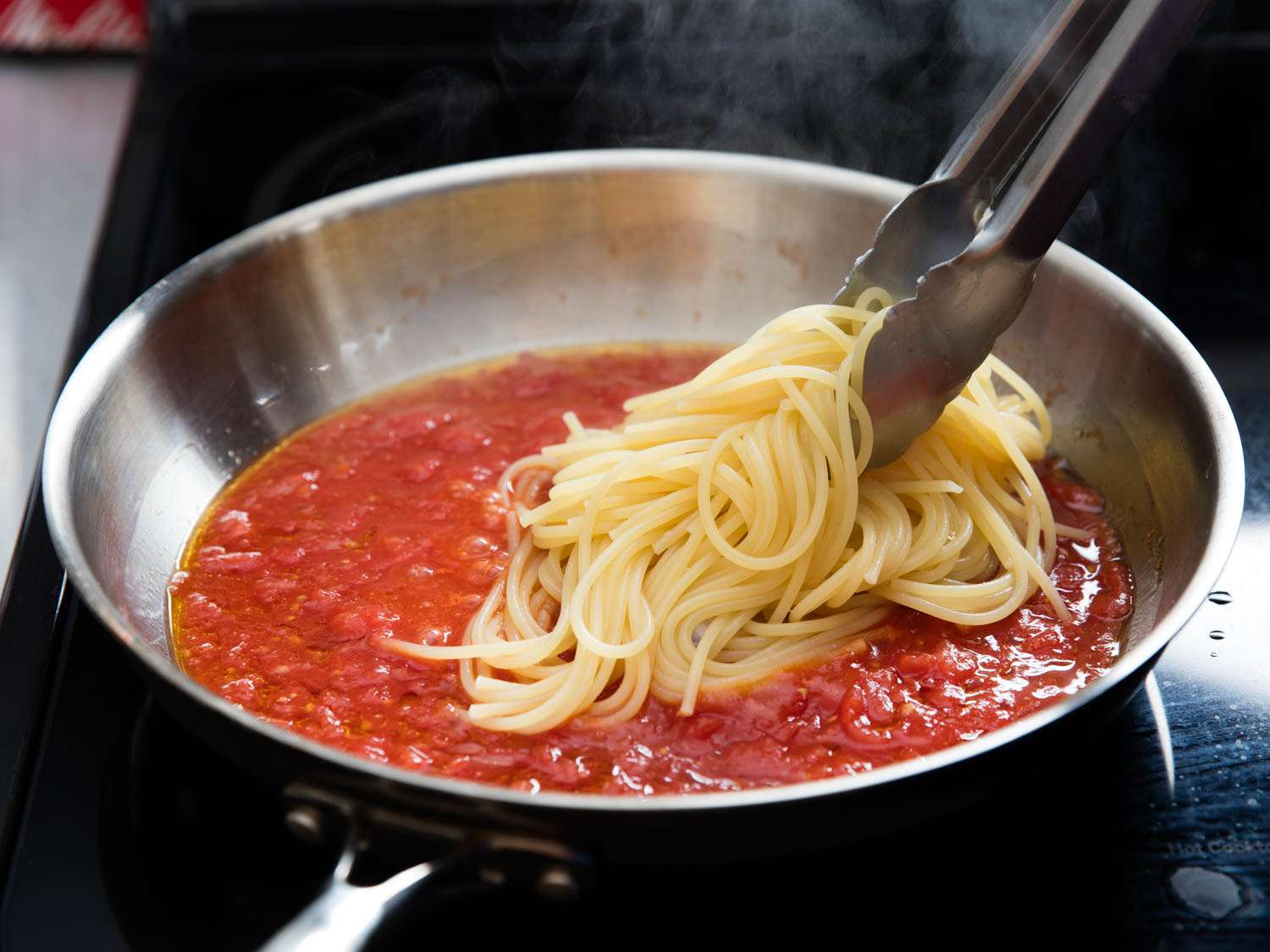

0 thoughts on “How To Store Fresh Pasta For A Few Hours”